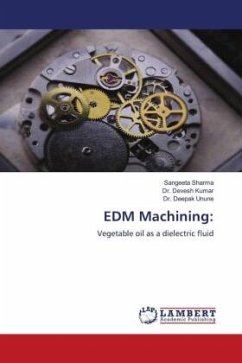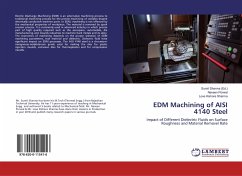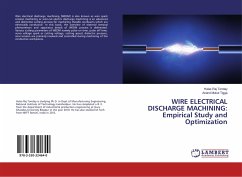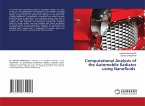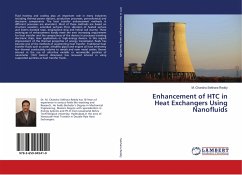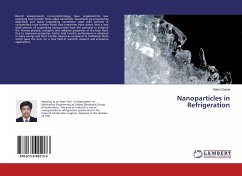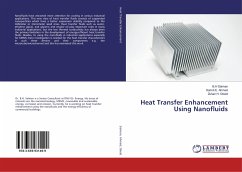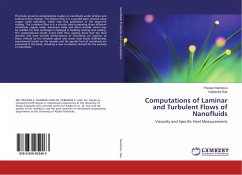A common non-traditional machining technique called electric discharge machining (EDM) involves repeatedly sparking a tool electrode against a workpiece to remove material from it. The effectiveness and caliber of the machining process are significantly influenced by the dielectric fluid used in EDM. Due to their distinct characteristics and higher performance in EDM, nanofluids have recently become a possible replacement for conventional dielectric fluids. A new dielectric nanofluid including vegetable-based oil was synthesized and characterised for EDM application. The two step technique is used to prepare the nanofluid by a mechanical stir and ultra-sonication procedure in a vegetable-based oil. The stability and properties of the nanofluid were examined through viscosity, are only a few of the physical and chemical characteristics of the nanofluid that were examined and contrasted with those of a common dielectric fluid. According to the experimental findings, the nanofluid with a 15% vol concentration of water had the optimum stability and properties.
Bitte wählen Sie Ihr Anliegen aus.
Rechnungen
Retourenschein anfordern
Bestellstatus
Storno

